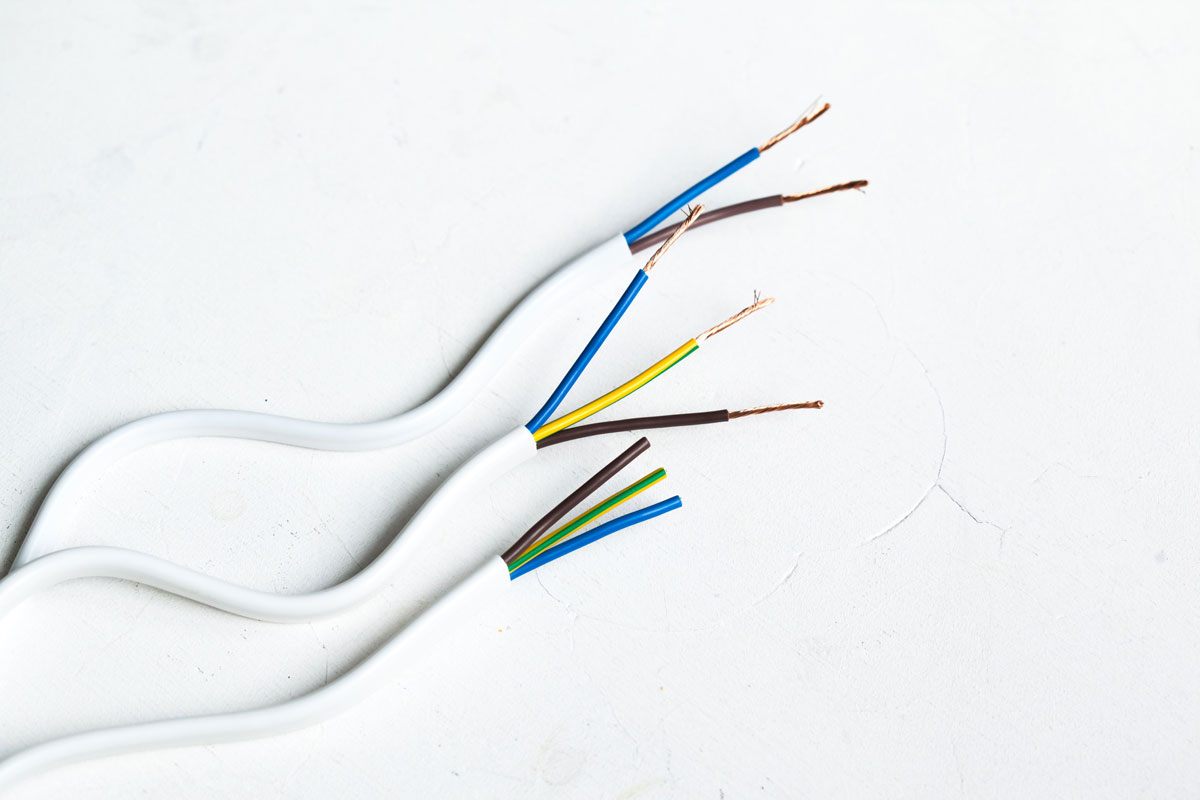Want to save with Paschal? Don’t miss our current offers and specials

Want to save with Paschal? Don’t miss our current offers and specials
Return to Paschal Resource & Education Hub

Have you ever encountered flickering lights, blackouts, or odd power surges that send you to your electrical panel to investigate? When you open the panel do you even know what you are looking for? Most homeowners are able to change a simple fuse, but that overwhelming display of tangled colored wires is not something the average person should mess with.
Your home’s wiring system consists of an intricate set of wires, that can cause electric shocks if you try to tamper with them. You might notice each wire has a different color. This is because trained electricians need to know what wires to target when resolving issues or installing electrical systems. In fact, most wires provide a source of power, which means they pose a safety hazard. Whether you are updating a light switch, installing a new light fixture, or hoping to add more electrical outlets in your home, if you are uncertain what each wire is for, it’s always best to call in a certified electrician from Paschal Air, Plumbing & Electric.
So, what do the different colors on the electrical wires mean?
First, the color codes are designed to help electricians spot if a wire is hot, neutral, or grounded. This helps them avoid accidents that can actually result in death. The three categories are as follows:
All wires pose a potential hazard for people who aren’t trained professionals. Although understanding the status of each wire can help keep you safe, you really shouldn’t touch wires in your electrical system if you aren’t an electrician.
The following colors indicate a wire is hot:
All of these wires can cause electrical shock or even death if touched.
Green insulated wires are used for grounding and often ground screws on electrical devices will also be green.
White or gray wires are neutral and carry power so can present risk for electrocution when handled. They carry power back to the service panel so can give you a shock.
Something as simple as using colored tape for makeshift electrical repairs can put you, future homeowners, and electricians at risk. Because wires are color coded as a safety precaution when you mislabel wires with tape or insulation you confuse the color coding system. This puts electricians in danger.
For example, you should never use a green wire for anything other than grounding or you could cause electrocution for yourself or an electrician called in to work on your electrical system. Although a multimeter measures electrical currents and can come in handy when trying to find live wires, you can still be at risk of shocks.
If you still feel you want to do some DIY electrical projects like installing a new light fixture or upgrade your light switches, you have to turn off the circuit breakers. This will reduce the risk of electrical shock. The circuit breakers are found on your electrical panel. If your circuit breaker is up to date and organized, you should find a chart or labels that tell you what room each circuit breaker services. Just flip the switch to the off position.
Before you assume you did turn the power off, make sure you go back to the room and test it to make sure it no longer works. Also note, there is usually a larger switch or double width switch on the service panel at the top that turns off power for the entire house. If you find nothing works, chances are you flipped the wrong switch.
This is where we come in. As your Northwest Arkansas, Fort Smith River Valley & Southwest Missouri certified electricians, we can provide safe, professional electrical services from repairs to complete electrical system upgrades. Give us a call at Paschal Air, Plumbing & Electric today!
We love helping you with your HVAC, Plumbing & Electrical problems, big and small. For more tips and tricks for your home, follow us.